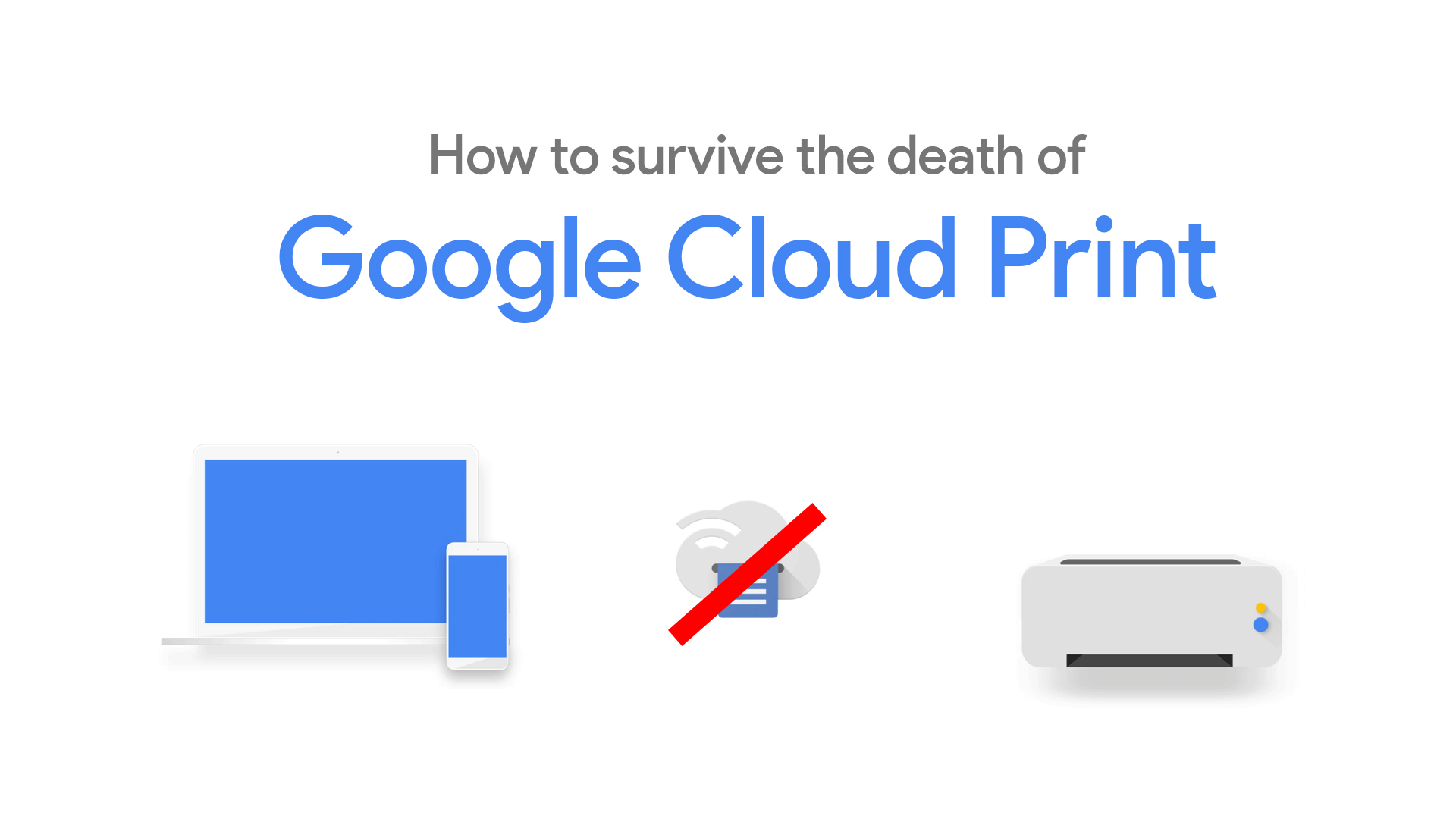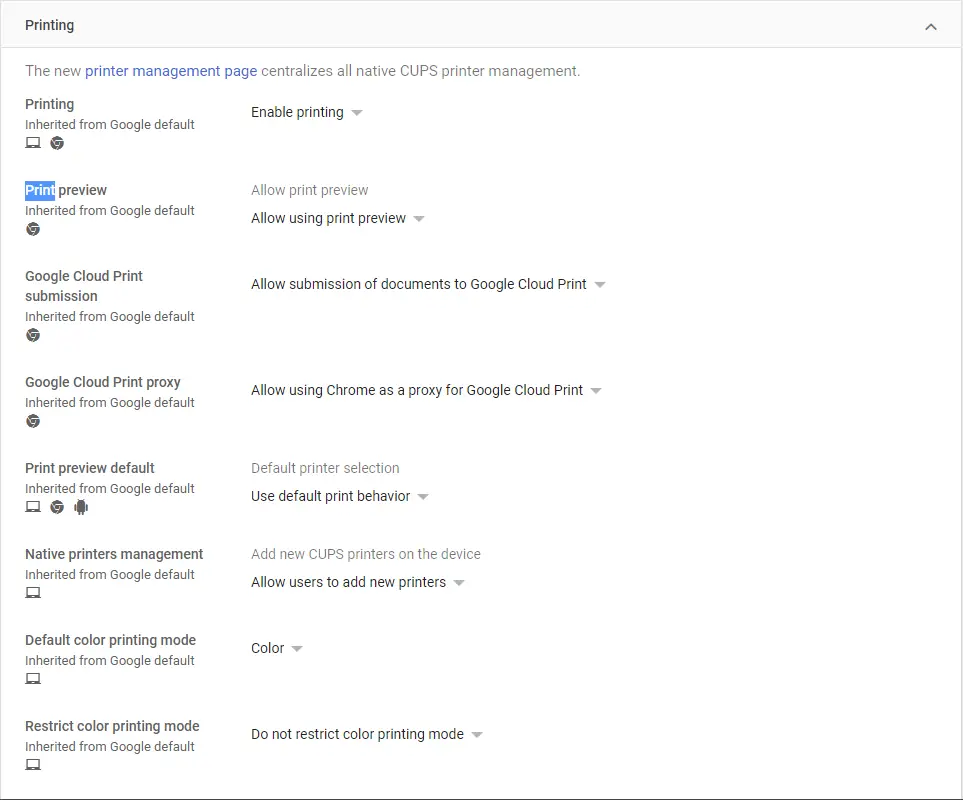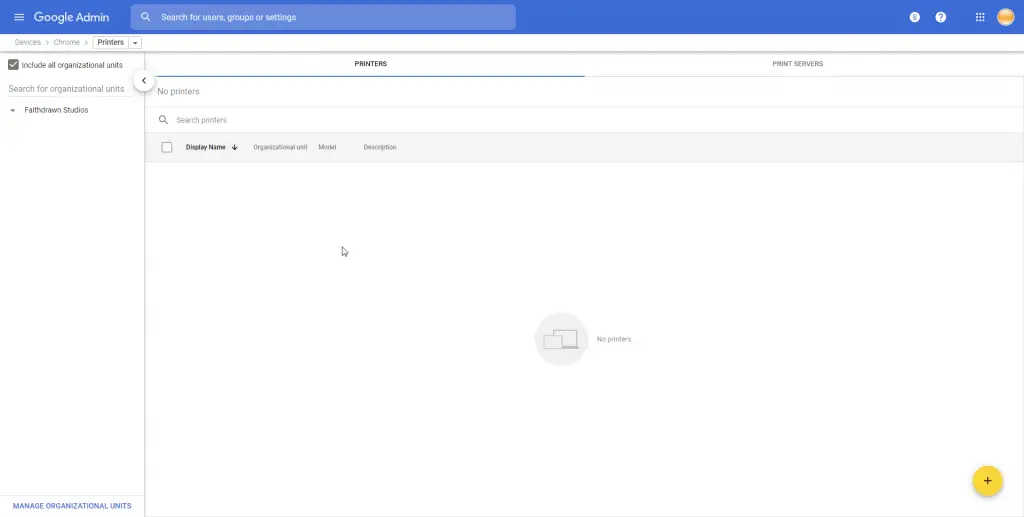
[ad_1]
With Google Cloud Print axed on December 31, 2020 – yes, it’s just a few weeks away – Chromebook owners will need to start using standard wireless printing. Since we have already described how to configure this for regular users, we felt it was appropriate to help IT administrators in schools and businesses to do the same. The process is certainly quite different, but it is also quite painless, especially with us as a guide. Simply follow the steps below and you will be able to enable wireless printing on your fleet of Chromebooks onsite or remotely in no time!
First, you’ll need to check if print permissions are even enabled through your Google Admin console. Since many printers did not work with Chromebooks in the past, with manufacturers choosing not to make drivers for Google’s operating system, most businesses and schools have gone for Google Cloud Print over the past. There’s a good chance your settings currently reflect this as well, so let’s get started.
To enable wireless printing, just go to your Google Admin console, go to Devices> Chrome devices> User & browser settings, then scroll down until you see the Printing section. If you’re having trouble finding it, just press CTRL + F on your keyboard to quickly find where it is at the bottom of the page. Make sure you choose the first drop-down menu in the category and select “Enable Printing”. After that, you can look at all the different printing related options and adjust them to your liking or needs.
Devices> Chrome devices> User and browser settings> Printing

Next, you’ll need to register printers in your domain so that Google knows which organizational units are allowed to use which devices. To do this, all you need to do is visit the Devices menu from the home screen of your admin console, then click on Chrome, which is listed at the top left, and finally Printers. You can also specify here whether or not a printer is allowed to be used by guests and what printer features can be used by each individual or group.
Devices> Chrome> Printers

To begin printer registration, simply click the yellow plus button at the bottom right of the printer registration screen. Next, you will need to give your printer a name and description. Make sure the description helps you understand the physical location of the device, such as class number or building name. Next, select the manufacturer and model number of that printer and enter its IPP or “Internet Printing Protocol”. You can also select the “ipp” drop-down menu and choose a different address type such as ipps, Lpd, HTTP, HTTPS or socket. If your printer uses a specific port or path, you can also populate that. If you only want basic printing capabilities, you can check the “Use driverless setup” box before clicking the blue “Add Printer” text at the bottom right of this dialog box.
Yellow + sign> Add a printer> Fill in the required fields> select “ Add a printer ”

Once your printer is listed in your admin console, it is absolutely essential to click on its name and activate it for specific organizational units. using the menu that opens on the right side of the screen. This will allow you to control who has access to it – whether teachers and not students or managers and not employees! If you have not yet set up organizational units, we strongly recommend that you do so before finalizing your printer registration.
We hope this helps you transition your organization to wireless printing and survive the death of Google Cloud Print! If you have any questions about this setup or are not sure about anything, feel free to ask us in the comments section! Good luck!

[ad_2]
Source link